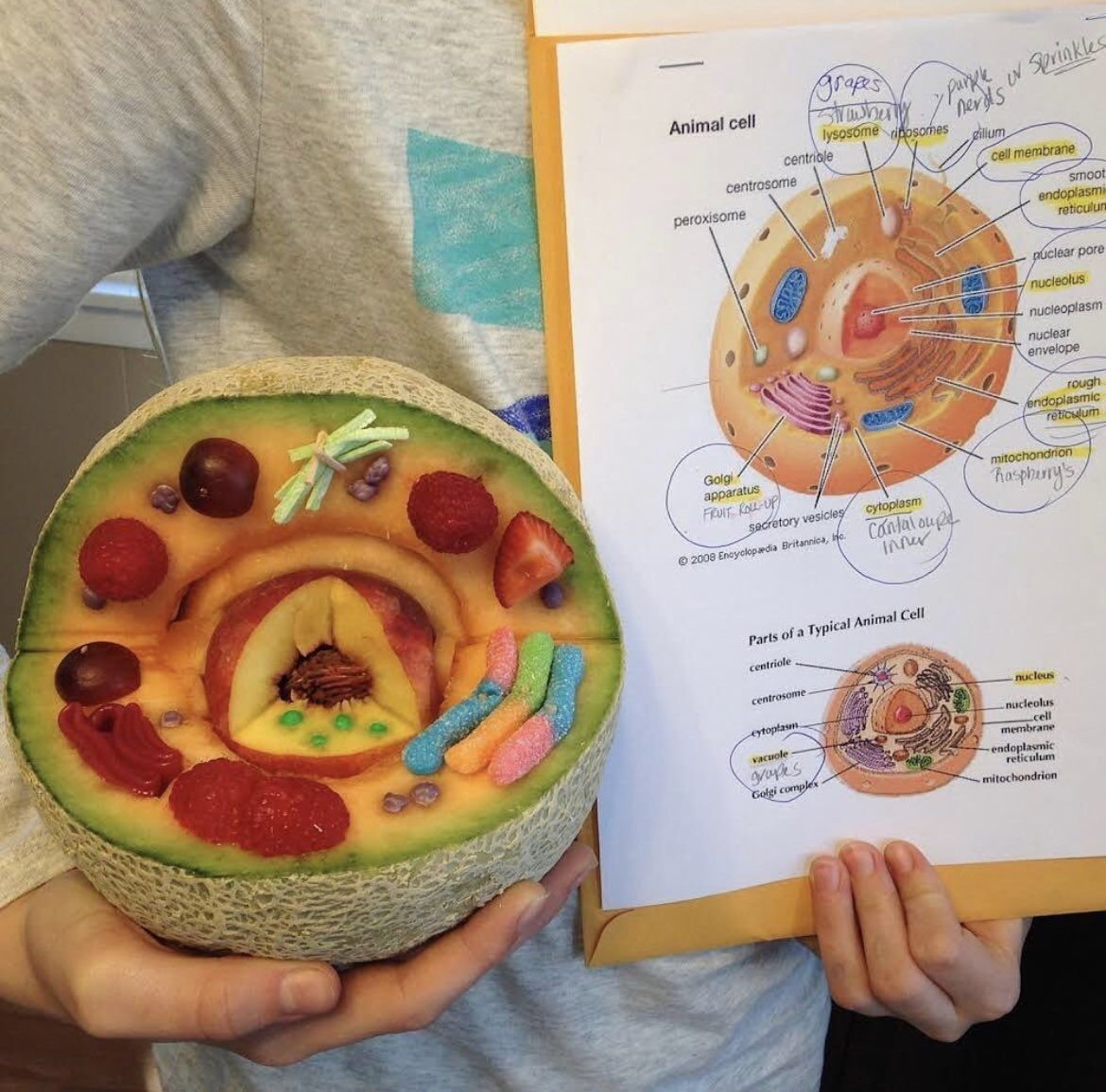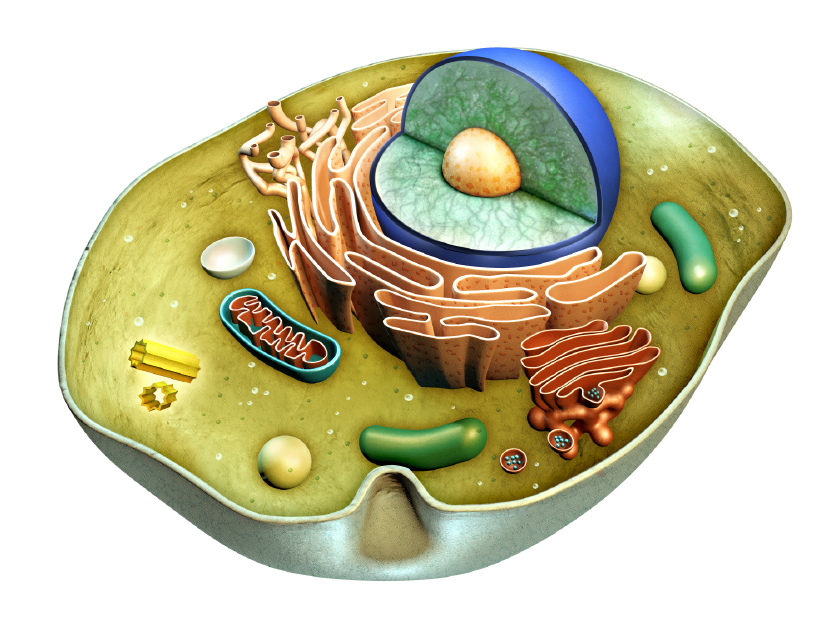 Perhaps we only think of zinc as the extra element in our coins to keep manufacturing costs down, or as that random clip from the Simpsons about a world without zinc. Aside from thinking it is a wacky sounding word (I did look up the etymology and it is rather appropriate!), we just don’t consider zinc as being all that important. Once the pandemic hit, though, I noted that Costco was marketing their zinc supplements a lot more, and after doing some extra research, I bought some to add to my diet.
Perhaps we only think of zinc as the extra element in our coins to keep manufacturing costs down, or as that random clip from the Simpsons about a world without zinc. Aside from thinking it is a wacky sounding word (I did look up the etymology and it is rather appropriate!), we just don’t consider zinc as being all that important. Once the pandemic hit, though, I noted that Costco was marketing their zinc supplements a lot more, and after doing some extra research, I bought some to add to my diet.
Zinc in Your Diet
The recommended dietary allowance for zinc in adults is approximately 8 to 12 milligrams per day, with a maximum recommended tolerance of 40 mg without causing adverse effects. My Costco supplements hold 50 mg of zinc per pill, which I doubt will kill me and I haven’t been sick in a while (correlation does not equal causation). The RDA of zinc can usually be satisfied from a regular diet (mostly through meats and cereals), and that maximum amount does track with people getting sick because they swallowed coins on a dare.
 Zinc is used throughout the body to boost immunity and metabolism. The diverse functions of zinc include wound healing, proper taste and smell, fighting common illnesses like colds, and aiding digestion. As a trace element, and based on the dietary recommendations, humans don’t actually need that much zinc in their diet, but unfortunately, approximately 17% of the global population is at risk of zinc deficiency. 1 In order to combat zinc deficiency, some countries mandate food fortification with zinc and also other micronutrients, which improves body function and reduces associated diseases and health issues such as diarrhea. 1 A zinc-poor diet may explain why so many in the wagon party died of dysentery while playing the Oregon Trail computer game!
Zinc is used throughout the body to boost immunity and metabolism. The diverse functions of zinc include wound healing, proper taste and smell, fighting common illnesses like colds, and aiding digestion. As a trace element, and based on the dietary recommendations, humans don’t actually need that much zinc in their diet, but unfortunately, approximately 17% of the global population is at risk of zinc deficiency. 1 In order to combat zinc deficiency, some countries mandate food fortification with zinc and also other micronutrients, which improves body function and reduces associated diseases and health issues such as diarrhea. 1 A zinc-poor diet may explain why so many in the wagon party died of dysentery while playing the Oregon Trail computer game!
Zinc in Your Body
As an essential trace element, zinc is important for enzymatic catalysis, structure, the regulation of gene expression (remember zinc fingers?), proper function of the immune system, nervous system development, and reproduction. 1, 2 An estimated 10% of the human genome encodes proteins that associate with zinc for structure and catalysis in a diverse range of physiological functions. 2 Other than zinc fingers, an important factor that associates with zinc is the zinc-alpha2-glycoprotein (ZAG), which plays a role in lipid metabolism and glucose utilization, and has functions as a tumor suppressor. 3 Other than its roles in metabolism, ZAG and other zinc-containing proteins have functions in normal nervous system development and dysregulation is associated with central nervous system diseases and neurodegeneration. 2, 3
 Within the brain and other neurons, zinc is concentrated in synaptic vesicles to be released to target postsynaptic receptors. 2 Zinc functions to inhibit certain receptors, including NMDA receptors and GABA receptors, and is thought to help prevent neurological disorders such as epilepsy. 2 Zinc can also activate certain receptors in the brain, such as GPR39, and aberrant zinc receptor function is linked to nervous system disorders, including seizures and depression. 2
Within the brain and other neurons, zinc is concentrated in synaptic vesicles to be released to target postsynaptic receptors. 2 Zinc functions to inhibit certain receptors, including NMDA receptors and GABA receptors, and is thought to help prevent neurological disorders such as epilepsy. 2 Zinc can also activate certain receptors in the brain, such as GPR39, and aberrant zinc receptor function is linked to nervous system disorders, including seizures and depression. 2
The intricate balance of zinc within cells and body fluids is key to normal physiology, involving a plethora of zinc transporter proteins that sequester zinc to prevent toxicity, yet manage its trafficking to promote healthy physiology. 2, 4 Zinc is stored in bulk in the hippocampus and neocortex of the brain, in the prostate, and the islets of Langerhans in the pancreas, to be released on demand. 4
The zinc transporters in mammals belong to two major protein families: the 10 zinc transporters (encoded by the SLC30A genes, abbreviated ZnT) and the 14 Zrt, Irt-like proteins (encoded by the SLC39A genes, abbreviated ZIP). Both ZnT and ZIP transporters have high affinity and selectivity for zinc, although they transport zinc by different mechanisms across the cell membrane, while interacting with many other proteins dependent on cellular contexts or stage of differentiation. 4 Because zinc is often stored in the endoplasmic reticulum, intact ER function and unfolded protein response is crucial to zinc regulation, and conversely, zinc itself and the associated zinc transporters are required for many aspects of proper protein folding. 4
Diseases Associated with Disruptions in Zinc Transport
As zinc is used throughout the body, including the brain, there are varying human diseases that could stem from disruptions in zinc levels or the proteins responsible for regulating and transporting zinc throughout the cell and body. We already discussed how poor zinc receptor functions in the brain could lead to epilepsy and seizures, as well as neurodegenerative disorders such as Alzheimer’s or ALS. 2, 4 Loss of function mutations in zinc transporters are linked to immunodeficiency, cancer, and diabetes. Zinc deficiencies, due in part to malabsorption of zinc during digestion, could result in structural disorders in skeletal and connective tissues. 4
Ongoing Research into Zinc
 The continued study of zinc homeostasis and zinc-associated proteins such as ZnT and ZIP are key to understanding the mechanisms and pathology of these diseases. Early in the development of eukaryotic life on Earth, zinc was made available as a biological resource, and drove the evolution of proteins that could incorporate and manage zinc within organisms. 4, 5 Whereas other metal ions such as copper have specific chaperone molecules that will traffic the metal to its required locations and protein partners, a similar protein for zinc was not known. A recent publication from a collaboration between Vanderbilt and Indiana University identified a new chaperone for metal ions that specifically allocates zinc to target proteins where it is needed as a cofactor. 5 It turned out that this missing link, from a subgroup termed COG0523, was highly conserved in multiple species across millions of years of evolution. Through a series of biochemical tests and animal models, the authors showed that their new zinc chaperone, named ZNG1, could transfer zinc to proteins that in turn regulate mitochondrial function and organismal development. 5
The continued study of zinc homeostasis and zinc-associated proteins such as ZnT and ZIP are key to understanding the mechanisms and pathology of these diseases. Early in the development of eukaryotic life on Earth, zinc was made available as a biological resource, and drove the evolution of proteins that could incorporate and manage zinc within organisms. 4, 5 Whereas other metal ions such as copper have specific chaperone molecules that will traffic the metal to its required locations and protein partners, a similar protein for zinc was not known. A recent publication from a collaboration between Vanderbilt and Indiana University identified a new chaperone for metal ions that specifically allocates zinc to target proteins where it is needed as a cofactor. 5 It turned out that this missing link, from a subgroup termed COG0523, was highly conserved in multiple species across millions of years of evolution. Through a series of biochemical tests and animal models, the authors showed that their new zinc chaperone, named ZNG1, could transfer zinc to proteins that in turn regulate mitochondrial function and organismal development. 5
A more recent article in July 2022 from one of our ABclonal customers characterized the role of ZIP11 in cell cycle progression and proliferation of cancer cells in the context of nuclear zinc homeostasis. 6 It had been previously demonstrated that ZIP11 localizes to the nucleus and Golgi, but the exact functions were unknown. However, ZIP transporters including ZIP11 have been associated with cancer development and increased risk of diseases such as renal cell carcinoma and bladder cancer. They observed that knocking down ZIP11 would impair cell proliferation as zinc accumulates in the nucleus, in addition to disrupting a number of other classical cancer phenotypes. Our customer was able to perform this analysis using a custom antibody against MTF1--a transcription regulator that responds to metal ion stress signals, including zinc--as well as our high-signal ECL Western Blotting Substrate. This and many other discoveries will open up additional targeted treatment strategies against cancers and other diseases.
With a new appreciation for the role of zinc in our healthy lives, and the biochemical tools to study additional mechanisms into maintaining proper zinc homeostasis, perhaps we can better combat dietary issues that lead to diseases affecting humans all over the world. Given enough knowledge and the means, there is no reason nearly a fifth of the population needs to suffer from zinc deficiency. Proper nutrition seems like a problem that could be easily addressed with positive policy changes.
References
- Tsang et al. (2021) “Effects of Foods Fortified with Zinc, Alone or Cofortified with Multiple Micronutrients, on Health and Functional Outcomes: A Systematic Review and Meta-Analysis.” Adv Nutr 12(5):1821-1837.
- Krall RF, Tzounopoulos T, & Aizenman E (2021) “The Function and Regulation of Zinc in the Brain.” Neuroscience 457:235-258.
- Wei et al. (2019) “Expression and Function of Zinc-Alpha2-Glycoprotein.” Neurosci Bull 35(3):540-550.
- Kambe T, Taylor KM, & Fu D (2021) “Zinc transporters and their functional integration in mammalian cells.” J Biol Chem 296:100320 (Epub).
- Weiss et al. (2022) “Zn-regulated GTPase metalloprotein activator 1 modulates vertebrate zinc homeostasis.” Cell 185(12):2148-2163.
- Olea-Flores et al. (2022) "ZIP11 Regulates Nuclear Zinc Homeostasis in HeLa Cells and is Required for Proliferation and Establishment of the Carcinogenic Phenotype." Front Cell Dev Biol 10:895433 (Epub).




